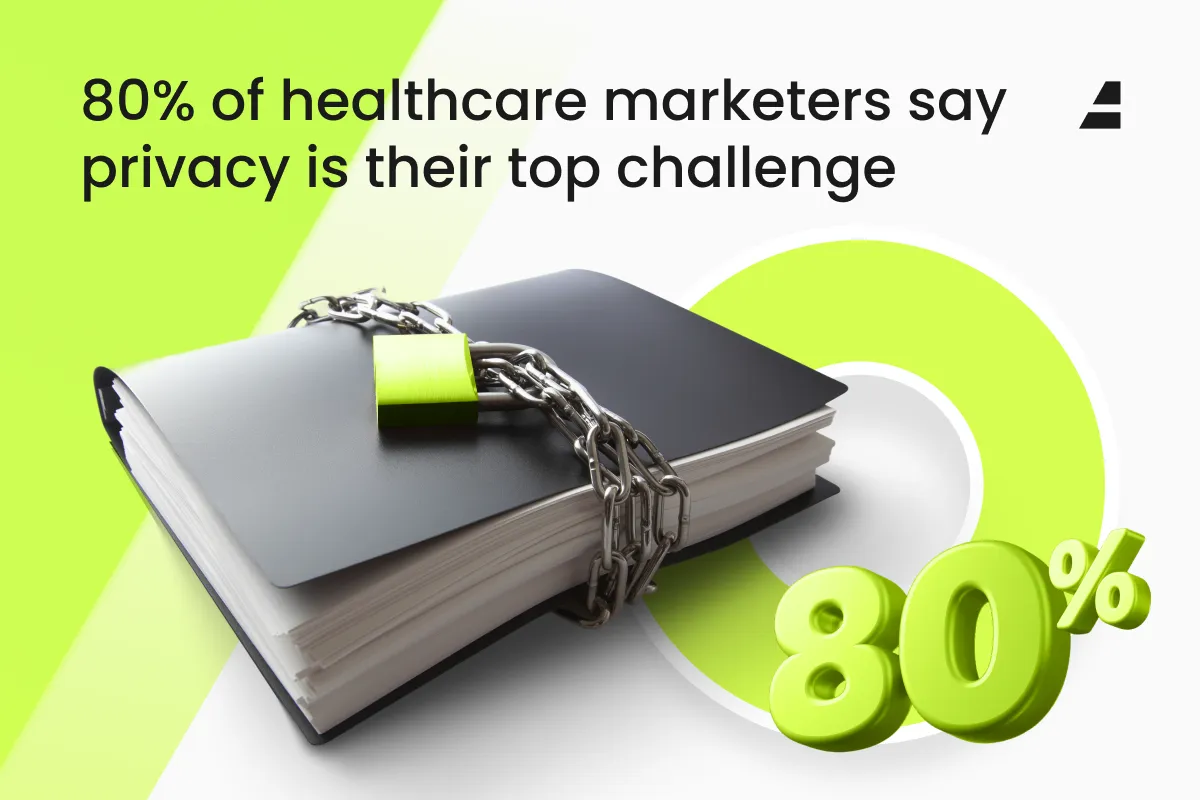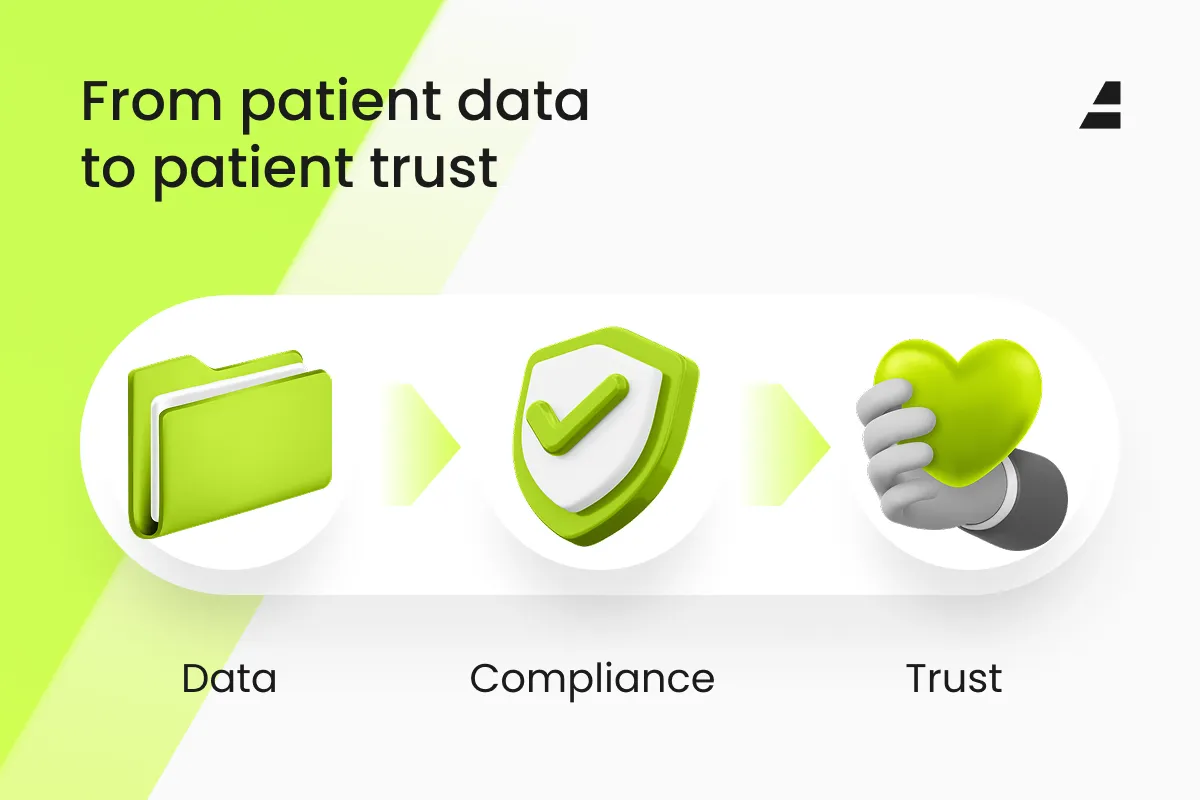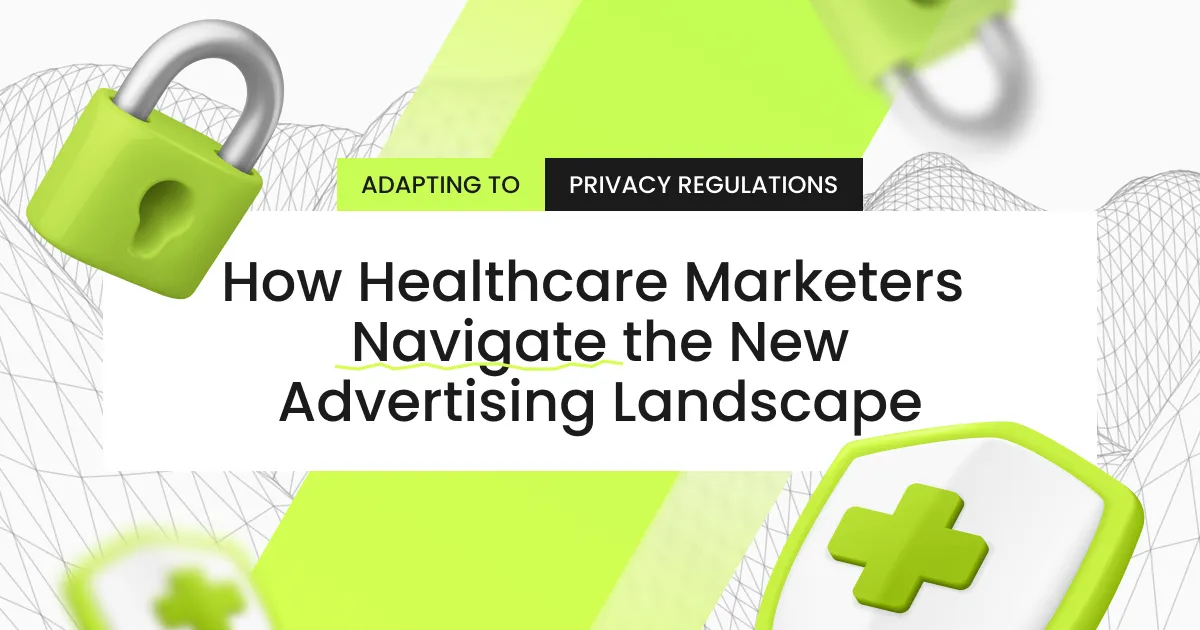In 2025, healthcare marketers face a radically different advertising environment. Privacy regulations — from HIPAA updates to state-level laws and FTC guidance — are redefining what’s possible. In this post, we explore how savvy marketers are adapting, what tools they lean on, and how the shift can become an advantage rather than a barrier.
Why the rules have changed, and what it means for marketers
Over the past few years, regulators have doubled down on protecting health and medical data. In December 2022, the U.S. Department of Health and Human Services (HHS) clarified that combining device identifiers with health-related content may constitute protected health information (PHI). The Federal Trade Commission followed with an expansion of its Health Breach Notification Rule, extending coverage to digital health apps and even inferred health data from wearable devices. At the same time, states like Washington introduced additional restrictions through laws such as the My Health, My Data Act.
These developments mean healthcare brands and agencies can no longer rely on the same tools or practices they once did. privacy has become one of the top obstacles for healthcare advertisers. Many marketers are adjusting by shifting spend toward safer channels, testing new measurement approaches, and exploring identity strategies that respect both compliance and consumer trust.
The biggest challenges in the new era
For healthcare marketers, the disruption is multi-layered. Identity-based targeting is steadily eroding as cookies, device identifiers, and tracking pixels are blocked or restricted across platforms. At the same time, regulators now demand much stricter consent management, forcing organizations to secure explicit approval from users and to maintain verifiable audit trails. Measurement has become more complicated too; proving return on investment is harder when patient journeys cannot be traced at an individual level.

Healthcare marketers navigating data privacy and advertising challenges
Beyond compliance, the fragmentation of laws across different states and jurisdictions adds another layer of complexity. Strategies that work in one region may not be acceptable in another, requiring scalable yet flexible frameworks. And all of this unfolds in a context where consumers themselves expect more transparency and more control over their data, especially when it concerns their health. Together, these forces mean marketers can no longer afford quick fixes or piecemeal approaches — they must rethink campaigns from the ground up.
How healthcare marketers are adapting
In response to these challenges, forward-looking healthcare marketers are changing their playbooks. Many are building privacy-first foundations, re-architecting their data systems so compliance is woven in from the start rather than patched on later. This often includes pseudonymization of identifiers, hashing techniques, and the integration of privacy-enhancing technologies that reduce exposure to protected health information.
Alongside data reform, contextual and content-based advertising is regaining prominence. Instead of relying on identity, brands align their messages with the environment in which ads appear — for example, serving content about wellness programs on pages dedicated to nutrition or preventive care. The relevance remains, but the risk diminishes.
Partnerships are also evolving. Increasingly, advertisers are using secure data clean rooms where insights can be exchanged without exposing raw data. These collaborations, offered by providers such as Blockgraph or Datavant, allow marketers to measure impact, such as prescription lift, while safeguarding privacy. First-party and zero-party data play an equally important role. When patients or consumers willingly share information — through surveys, membership programs, or digital apps — the resulting datasets are both valuable and lower risk, because consent is explicit.
Finally, measurement itself is being reimagined. Instead of clinging to last-click attribution or detailed pathing, marketers are experimenting with cohort-based analysis, lift studies, and brand impact tests. These approaches accept anonymity as part of the framework, but still deliver actionable insights. To handle the patchwork of state and federal rules, many teams are also developing modular compliance systems, designed to adjust quickly as new laws or guidelines emerge.
A practical roadmap for transformation
The transformation usually begins with a thorough audit, mapping data flows, vendor practices, and consent pathways to identify where risks or leaks exist. From there, organizations re-architect their systems, embedding anonymization and stronger governance at the core. Rather than launching large campaigns immediately, many choose to test privacy-safe channels with smaller pilots, such as contextual advertising or permissioned audiences, before scaling what works.
As results come in, measurement strategies also evolve. Cohort-based tests, holdout experiments, and aggregated reporting replace individual-level tracking. At the same time, governance processes are strengthened, with dashboards, vendor monitoring, and updated consent frameworks to ensure compliance keeps pace with changing laws. This combination of auditing, redesign, experimentation, and ongoing oversight creates a sustainable way forward.
From restrictions to opportunity
Although the regulatory environment feels restrictive, many healthcare marketers are reframing it as an opportunity. By taking privacy seriously, brands build stronger relationships with patients and consumers, demonstrating that they handle sensitive data with care. In highly regulated sectors like healthcare, this kind of trust can serve as a long-term differentiator.

Healthcare marketing path from patient data compliance to patient trust
There is also a competitive angle. While some advertisers scale back in fear, others see openings in reduced competition for high-quality ad inventory. Those who embrace privacy-first strategies now will likely enjoy an advantage later, as the market continues to tighten and standards rise further.
Looking ahead
The coming years will bring even greater oversight, with agencies like the FDA expanding their scrutiny of pharmaceutical advertising. More state-level health data laws are likely to appear, and pressure will build for eventual federal harmonization. At the same time, advances in anonymization, federated learning, and AI-driven privacy tools will accelerate. The tension between personalization and compliance will only intensify, but so will innovation in clean rooms, identity frameworks, and measurement models. For marketers who remain agile, the shifting environment will be less a threat than a chance to lead.
Conclusion
Adapting to privacy regulations is no longer a side concern — it is central to the practice of healthcare marketing. With the right approach, compliance and performance can coexist. By laying a privacy-first foundation, focusing on context and consented data, and embracing modern measurement models, marketers can navigate this new landscape with confidence.

Healthcare marketers rank privacy regulations as the number one advertising challenge
For readers interested in how these themes connect to broader shifts in digital advertising, we recommend our previous article on Household-Level Targeting in CTV Advertising. That piece explores how marketers are learning to succeed without individual identifiers, a challenge very similar to what healthcare advertising faces today.
Need help designing your privacy-safe marketing strategy or building pilot campaigns? We’d love to connect and help.
